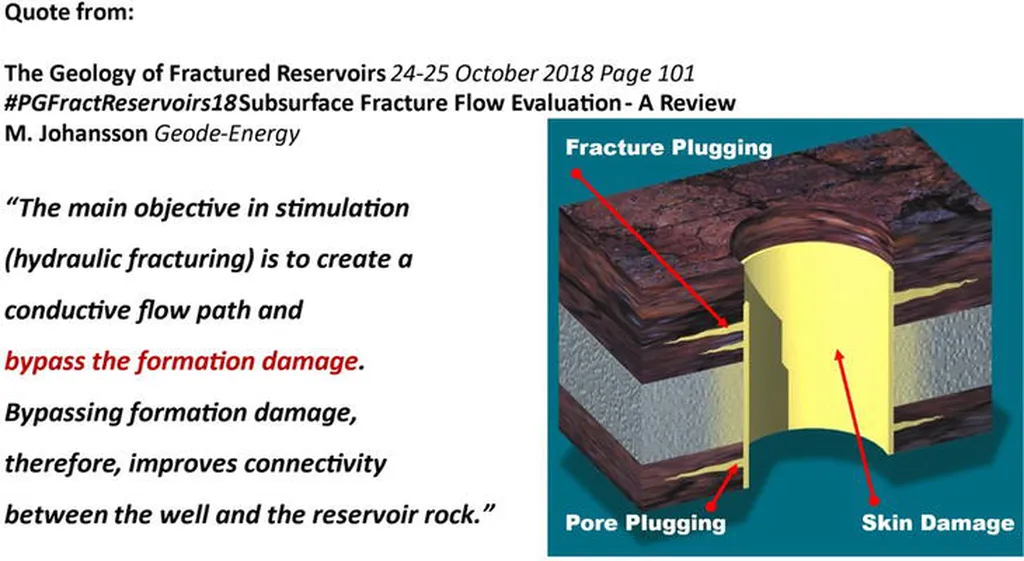In the intricate world beneath our feet, fractures in porous rock formations play a pivotal role in governing the flow of fluids, a fact that has significant implications for various subsurface energy systems. A recent study, published in the journal “Advances in Water Resources,” has shed new light on the impact of these microfractures on permeability, the measure of a rock’s ability to transmit fluids.
The research, conducted by a team of scientists from the University of Texas at Austin, focused on a single fracture embedded within a porous medium. Using a computational technique known as the lattice Boltzmann method, the team simulated fluid flow through the fractured porous media, systematically examining the effects of fracture length, width, and orientation angle on permeability.
The findings revealed that increasing both the length and width of a fracture enhances permeability, a result that aligns with our intuitive understanding of fluid flow. However, the study also uncovered a more nuanced relationship between fracture orientation and permeability. Fractures oriented more closely to the flow direction, i.e., those with smaller orientation angles, resulted in higher permeability. This is because fluids can flow more easily along the fracture’s length when it is aligned with the flow direction.
Interestingly, when the orientation angle approached 90 degrees, the presence of a fracture could actually reduce the overall permeability of the porous medium. This counterintuitive result can be attributed to the fact that a fracture perpendicular to the flow direction acts as a barrier, impeding fluid flow and decreasing permeability.
The study also identified a critical orientation angle, beyond which the fracture decreased permeability. This critical angle was found to increase with fracture width, meaning that wider fractures can tolerate a larger orientation angle before they start to impede fluid flow.
To quantify these effects, the researchers fitted permeability tensors to their simulation results. These tensors provide a mathematical representation of the permeability of a porous medium, taking into account the direction of fluid flow. By analyzing these tensors, the team was able to determine the critical angle and quantify the influence of fracture width on this angle.
The findings of this study have important implications for subsurface energy systems, including oil and gas production, geologic carbon sequestration, and underground hydrogen storage. In these systems, the presence of fractures can significantly influence the flow of fluids, affecting everything from the extraction of resources to the storage of greenhouse gases.
For instance, in oil and gas production, understanding the role of fractures can help engineers design more effective drilling strategies, maximizing the extraction of resources while minimizing environmental impacts. Similarly, in geologic carbon sequestration, a process that involves capturing carbon dioxide emissions and storing them underground, a better understanding of fractures can help ensure that the stored carbon dioxide remains securely trapped, preventing it from leaking back into the atmosphere.
In conclusion, this study provides new insights into the role of microfractures in controlling permeability, offering valuable guidance for the management of subsurface energy systems. As we continue to explore and exploit the resources beneath our feet, a deeper understanding of these complex systems will be crucial for ensuring their sustainable and responsible use.
This research was published on arXiv and can be read in full [here](http://arxiv.org/abs/2509.03457v1).

